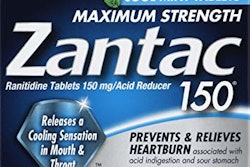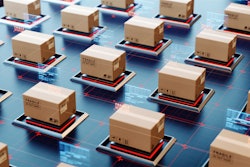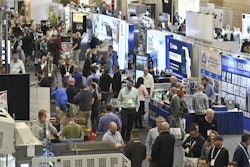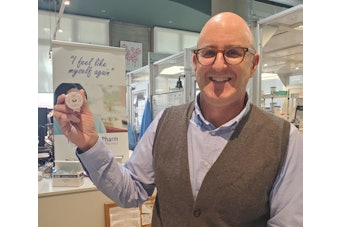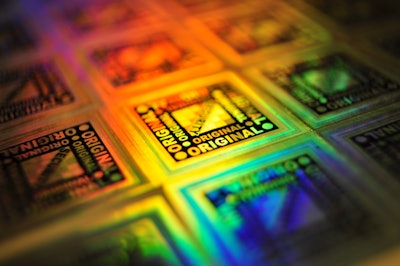
This content was written and submitted by the supplier. It has only been modified to comply with this publication’s space and style.
A new report signals ‘strong growth potential’ for packaging holography technologies, says an international trade body.
The International Hologram Manufacturers Association (IHMA) was commenting on the latest intelligence published by Research and Data, which predicts theglobal market for anti-counterfeiting packaging will reach almost US$ 248.90 bn by 2026.
Growth in packaging anti-counterfeiting devices appears both ‘strong and lucrative’, says the IHMA on the back of a report that predicts the anti-counterfeiting packaging sector in Asia Pacific region will experience a compound annual growth rate of 10%, owing to the developing market in China and India.
This is primarily due to the rise in healthcare concerns, higher adoption rates of anti-counterfeit technologies, and growing awareness about tracking and tracing technologies.
Welcoming the report, the IHMA says that, while counterfeiting continues to be attractive, it wants to see more pressure applied to the packaging sector to help fend off the wave of fake products continuing to flood onto global markets.
Security devices on packaged goods can ensure quality and check the distribution and smuggling of illicit products, while items not displaying security holograms can be seized and destroyed.
IHMA Chair Paul Dunn says that despite successes, those people in the packaging sector involved in the war on counterfeiting cannot afford to rest on their laurels, adding:
“The report highlights holograms as an effective weapon in the battle to thwart counterfeiters and fraudsters. Those involved in the supply chain will always be reassured by the presence of holograms on products and recognise the benefits they provide.”
The use of authentication systems, as advocated by the ISO12931 standard, enables examiners to verify the authenticity of a legitimate product, differentiating it from fake products coming from counterfeiting hot spots in Asia and eastern Europe.
Even those that carry a ‘fake’ authentication feature can be distinguished from the genuine item if that item carries a carefully thought-out authentication system.



